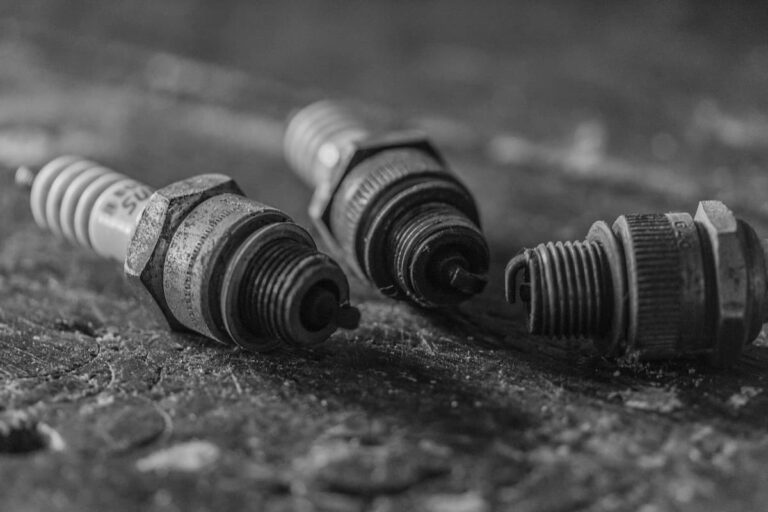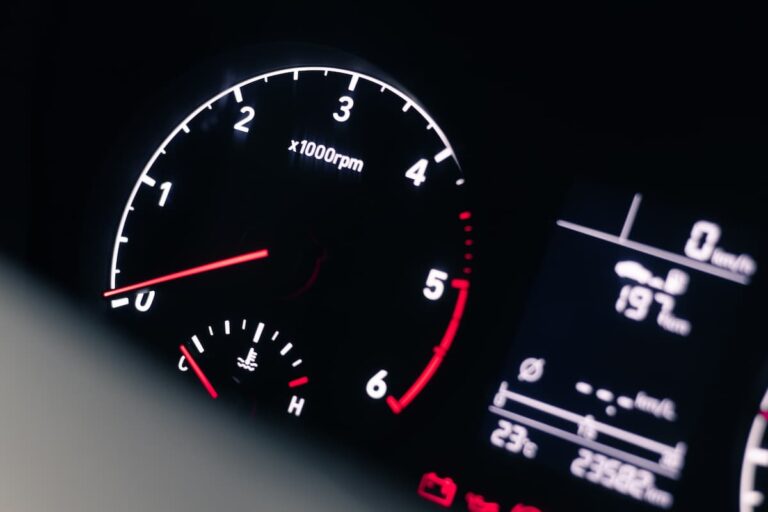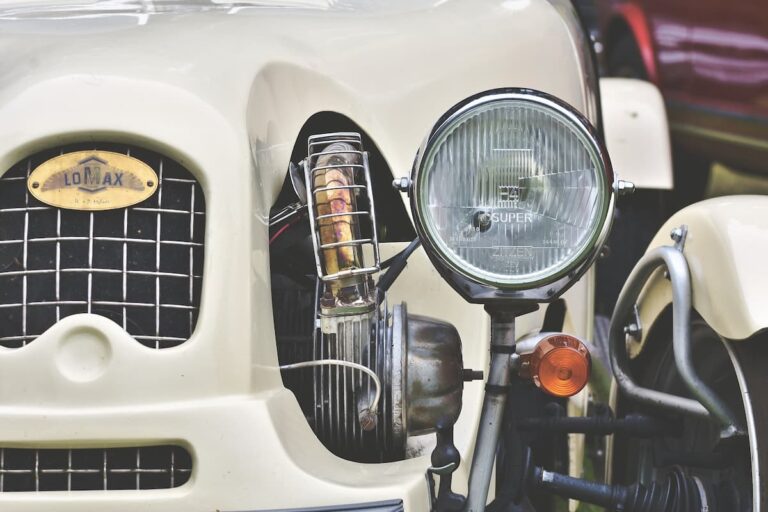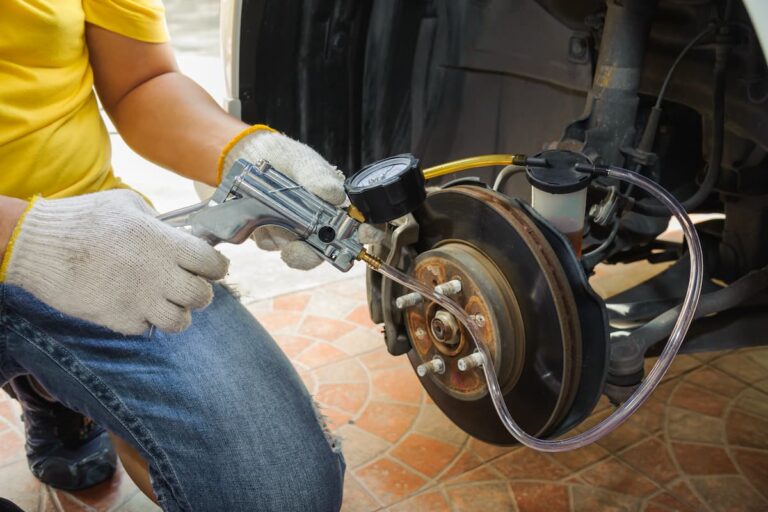Are Car Windshield Wipers Universal?
Even with regular maintenance, car windshield wipers need to be replaced more often than we think.
Some experts suggest replacing your wipers every six to 12 months, but it all depends on what brand/type of wiper you’re using and the climate where you live.
When replacing your windshield wipers, there are a few things to remember.
First, car windshield wipers are not universal. They come in a variety of styles, sizes, and materials. Second, wiper compatibility depends on your car’s make and model, the wiper arm type, and the wiper blade size. Finally, you can replace your wipers at home – just make sure to check your owner’s manual for the best wipers for your vehicle.
This article will explain the differences between windshield wiper types, the factors affecting compatibility, and how to select the right wipers for your car.
Key Takeaways
- Windshield wipers are not universal and come in various styles and sizes.
- Car make and model, wiper arm type, and blade size all play a role in compatibility.
- Selecting the right wiper blades comes down to materials, price, and the car you drive.
Are Car Windshield Wipers Universal?
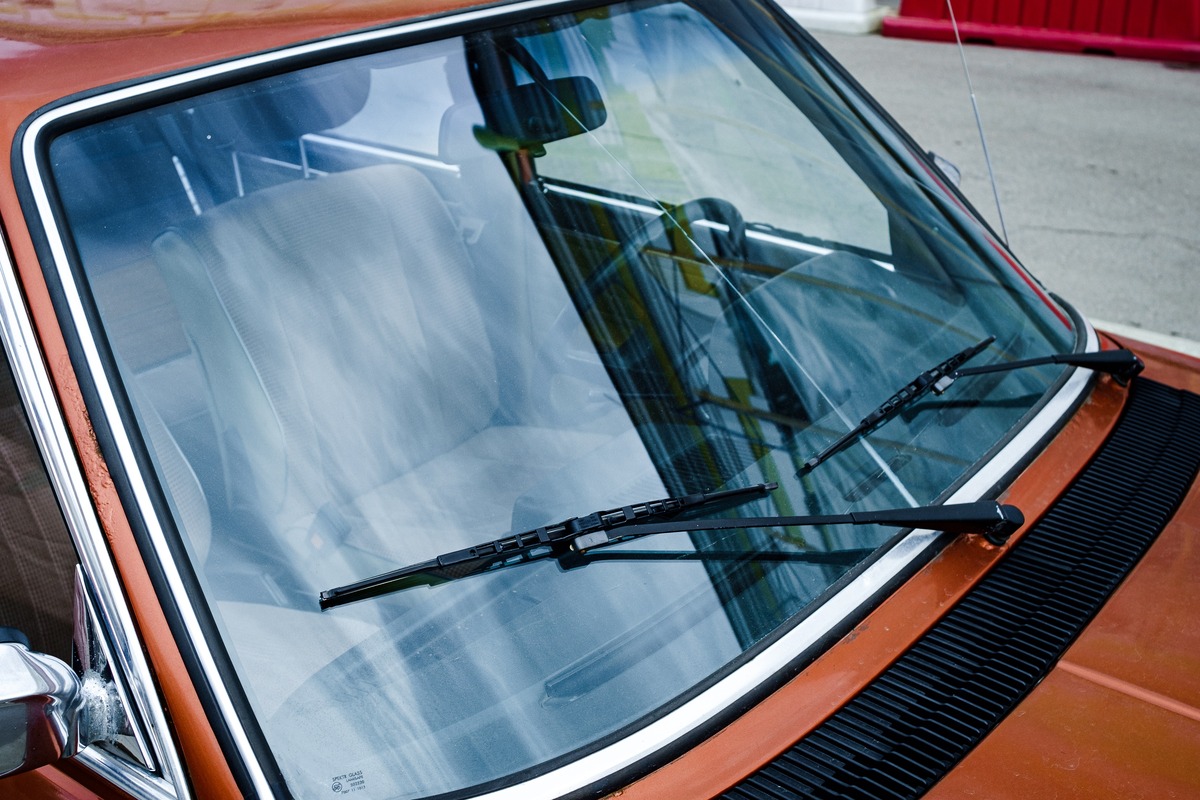
Car windshield wipers are not universal. Although they often come with universal fittings, their length is specific to each car’s windshield.
There are two kinds of wipers on the market: specific-fit and ‘universal.’
‘Universal wipers’ is a bit of a confusing term because these blades do not necessarily fit every car’s windshield.
What ‘univeral’ wipers do offer is various adapters that allow them to fit multiple car models.
While they can work on many vehicles, their compatibility and performance may not be as precise as specific-fit wipers.
Specific-fit wipers are designed to match your car’s windshield and wiper system perfectly.
These wipers provide optimal performance and ensure the best possible fit for your vehicle.
Both types of wipers have their benefits.
Specific fit wipers offer a tailored experience, while universal wipers can be cost-effective for older cars or when exact fit wipers are unavailable.
It’s also important to note that some vehicles have different-sized wipers for the driver and passenger sides, and often the rear window wiper is smaller than the others.
It’s essential to consider your windshield’s size and shape to determine the best wipers for your car.
Types of Windshield Wipers
There are three main types of wiper blades: traditional (or conventional/standard), beam (or flat), and hybrid.
Traditional wiper blades use a metal frame to hold a rubber squeegee in place. These blades are the most common and affordable option, but they may not provide optimal performance in heavy snow or ice conditions, as they might get clogged or lift off the windshield.
Pros:
- Affordable
- Widely available
- Compatible with most vehicles
Cons:
- May not be effective in heavy snow or ice
- Tend to wear out faster
Beam wiper blades feature a one-piece design made from silicone, rubber, or dual-rubber compounds. Their sleek design allows for even pressure distribution across the windshield, improving performance in heavy rain, snow, and ice.
Pros:
- Provide consistent pressure for better wiping performance
- Less likely to get clogged with snow or ice
- Durable and long-lasting
Cons:
- More expensive than traditional wiper blades
- Not compatible with all vehicles
Hybrid wiper blades combine the features of both traditional and beam wipers. They have a metal frame for stability, yet they also incorporate a flexible shell to improve pressure distribution and performance in various weather conditions.
Pros:
- Better performance in a variety of weather conditions
- Compatible with most vehicles
- Durable and long-lasting
Cons:
- More expensive than traditional wiper blades
- Not as sleek looking as beam wiper blades
In addition to these main types, wiper blades may also have additional features such as heated elements to melt ice or snow, spoilers to reduce wind lift, and coatings to help repel water and improve performance.
Choosing the right wiper blade for your car will depend on your budget, vehicle compatibility, and weather conditions in your area.
How Do I Choose the Right Windshield Wipers?
When choosing the right windshield wipers for your car, it is important to consider the wiper size, arm attachment type, the climate where you live, the wipers’ material, and price.
Size
When it comes to windshield wiper compatibility, size plays a significant role.
Wiper blades come in various sizes, typically ranging from 10 to 28 inches (25 to 71 cm) in length.
To find the appropriate size for your car, refer to your owner’s manual or measure the length of your current wipers.
Keep in mind that sizes might vary for the passenger side compared to the driver’s side, particularly in vehicles like sports cars or SUVs.
Wiper Arm Attachment Types
Apart from size, wiper arm attachment types also influence compatibility.
There are four common attachment types: hook, bayonet, top lock, and pinch tab.
It is important to select wipers that fit your car’s wiper arm attachments, as using an incompatible wiper can result in detachment or improper functioning.
Consult your owner’s manual for the correct arm attachment for your wipers.
Climate
Different wiper designs cater to specific weather conditions, such as rain, snow, or ice.
Selecting a wiper blade suited for your region’s climate helps to ensure the wiper’s efficiency and lifespan.
For example, if you live in a region with harsh winters, your car might benefit from winter-specific wipers, while those living in sunnier areas might find a regular wiper blade more suitable.
Materials and Durability
Various materials are used in making wiper blades, with rubber being the most common.
However, silicone and coated blades offer longer-lasting options.
The type of wiper best suited to your vehicle will depend on the make and model of your car and your budget.
Pricing
In terms of pricing, wipers run the gamut from fairly inexpensive to quite pricey.
When deciding how much to spend, consider all factors, including the wiper blade’s lifespan and overall performance.
For example, while rubber refills are cheaper than brand-new premium-style silicone wipers, they don’t necessarily last as long or work as well.
Also, if you live in a cold or rainy climate (where you’ll use the wipers a lot and often), it’s best to spend a little more on good-quality blades to ensure they work well when you really need them.
Additionally, always purchase your new wipers from a reputable mechanic or auto parts store.
Can I Install Windshield Wipers Myself?
Installing windshield wipers is a relatively simple task that can be done by following the manufacturer’s instructions included with the wiper blades.
The process usually involves lifting the wiper arm away from the windshield, tilting the old wiper blade, and sliding it off the wiper arm’s hook.
After this, slide the new wiper blade onto the hook, making sure it is securely fastened before lowering the wiper arm back onto the windshield.
Conclusion
It is essential to replace windshield wipers periodically to ensure optimal performance, visibility, and safety.
However, car windshield wipers are not universal and come in various types.
Wiper types include traditional (conventional or standard), beam (or flat), and hybrid blades.
While traditional blades are the most common, beam blades offer enhanced performance in difficult weather conditions.
Additionally, each type/brand of wiper differs in design and functionality.
When choosing new wipers, consider factors such as size, arm attachment type, climate, materials, and price.
Always check your owner’s manual for which wipers are most compatible with your vehicle, and it’s highly recommended to purchase wiper blades from reputable retailers who can help you find the perfect fit.

